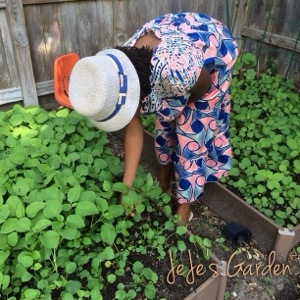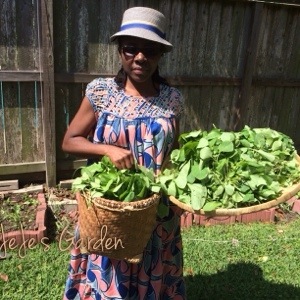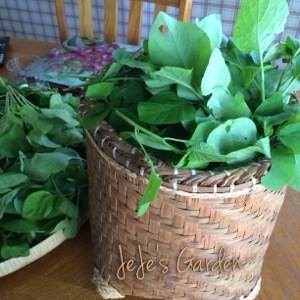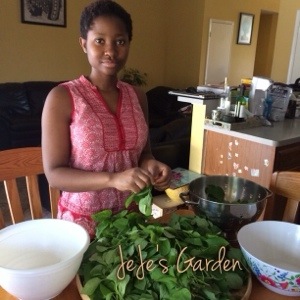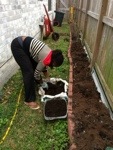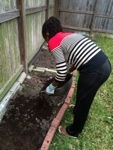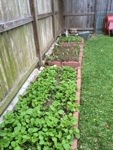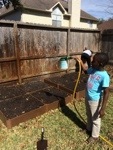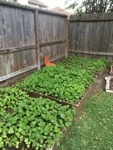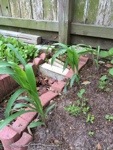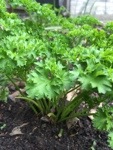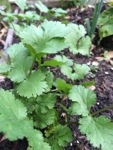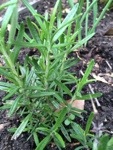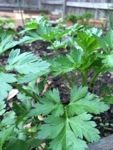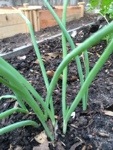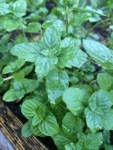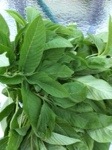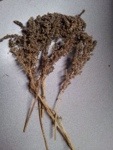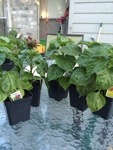Or African nighshade or Garden huckle berry or Solanum scabrum. These are all names for my favorite vegetable in the whole wide world! My mom would be SHOCKED to hear this given how much grieve we gave her as kids when this was for dinner. Saturdays and tuesdays were the designated “fufu and njamsu” days at our house. These were Soppo market days when mom could buy the fresh njamsu, and I tell you there was some crying involved. One would rather drink cold water garri than eat and njamsu. Time indeed does change things.

The Garden huckleberry is cultivated in West, Central and East Africa. It is the main source of vegetables in the diet for the Wimbum people in the North West Region of Cameroon, where I come from. The garden vegetable grows in a wide variety of soil types but it does better when cultivated in nutrient rich soil. So, be sure to add a lot of compost or manure to your soil before planting these.
There are many varieties. The “bamenda” njama-njama cultivated in the North West region of Cameroon is hailed as the better tasting type. I grew up in Buea and quite frankly prefer the large leafed variety popular in the South West region mostly because they are not as bitter and they are easier to prep for cooking. The bud, flowers and fruit are removed, and the leaves and fresh shoots eaten as cooked vegetables. You can get very fancy with cooking it, or like the people in the village, just steam and add palm oil to it. It is usually served with fufu corn, but also can be eaten with other starchy vegetables such as plantains, cocoyams, cassava etc.

I have experimented with both varieties in the back yard garden here in Houston and the “Buea” variety seems to do better. It may have something to do with the humidity but I am not too sure.

This year, I nursed the veggie early with hopes of have an early harvest. This is how they look like now. I think they will be ready to transplant in a week or two. Can’t wait to cook me some bah and njamsu and off course khati-khati!
Happy Gardening!


